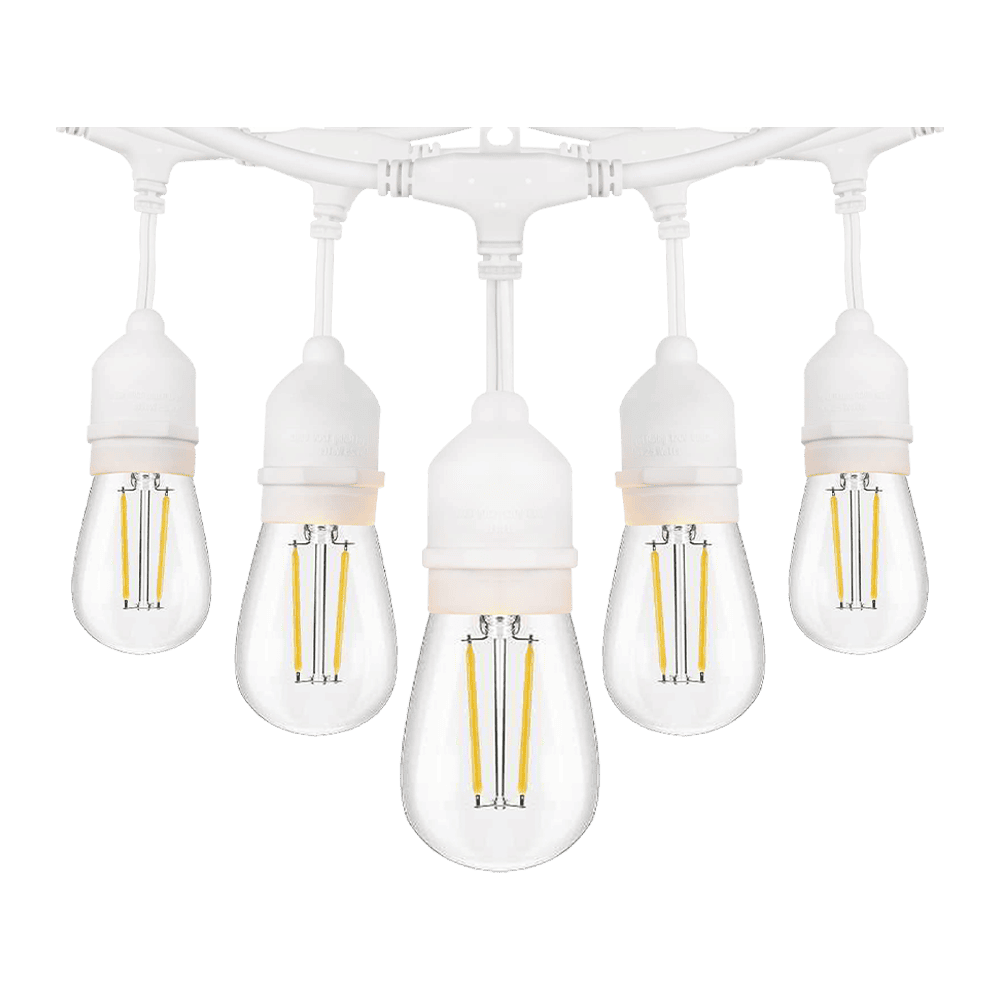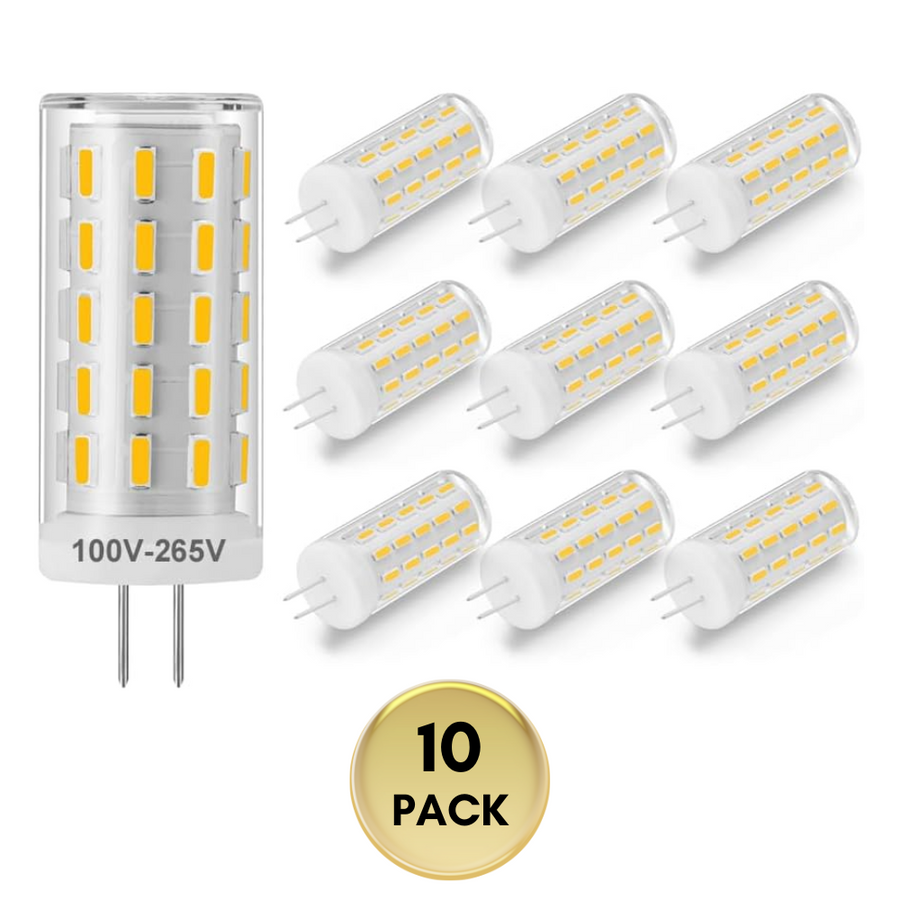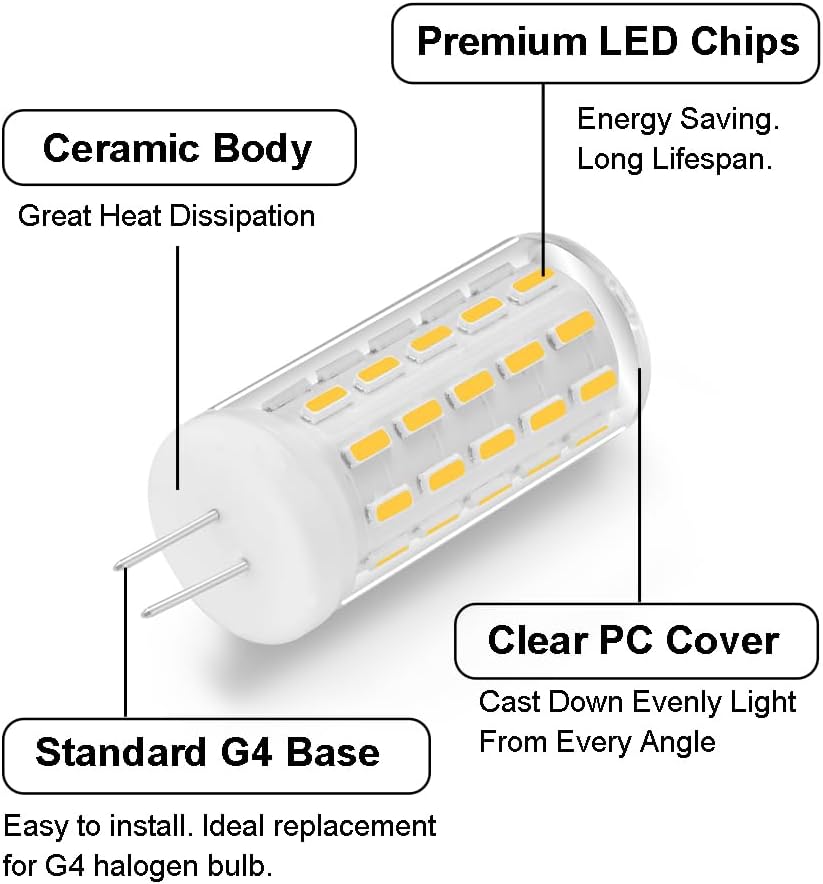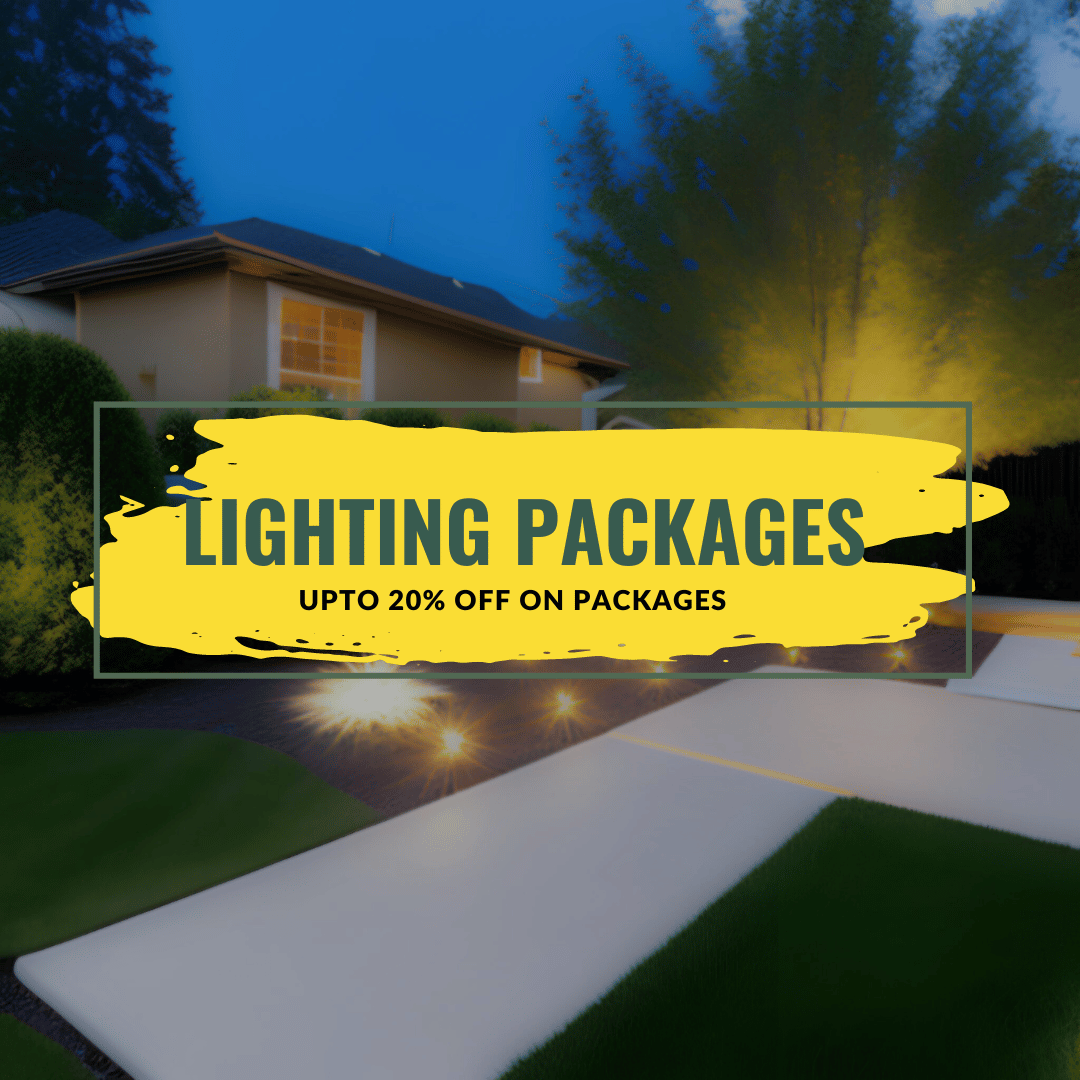Understanding Patina and Maintaining Outdoor Lighting Fixtures
If you own outdoor lighting fixtures, you might have noticed some changes in their surface over time. These changes are often the result of a natural process called patina formation. This article will provide insights into what patina is, how it develops, and how to identify it. Additionally, we’ll explore surface stains that can accumulate on outdoor lighting fixtures and share tips on how to maintain their appearance and functionality.
What is Patina?
Patina refers to the thin layer that forms on the surface of metal objects over time due to exposure to environmental elements. It can appear in shades of green, brown, or black depending on the type of metal and conditions. While some people appreciate the aged and characterful look of patina, others may prefer the original appearance of their outdoor lighting fixtures.
How Patina Develops
Patina forms through a process called oxidation, which occurs when metal interacts with oxygen and moisture for an extended period. Factors such as temperature, humidity, and the type of metal also influence how quickly patina develops. For instance:
- Copper and bronze are more prone to forming a green patina.
- Other metals may experience slower oxidation and develop different hues over time.
Identifying Patina on Outdoor Lighting Fixtures
To spot patina on your outdoor lighting fixtures, look for:
- Color Changes: A copper fixture may display a green hue, while bronze may darken to a brown tone.
- Texture Differences: The surface might appear rougher, pitted, or uneven compared to the original finish.
Understanding these visual cues can help you differentiate between patina and other surface changes, such as dirt or stains.
Caring for Outdoor Lighting Fixtures
While patina is a natural process that can enhance the aesthetic of your lighting fixtures, proper maintenance is crucial to prevent excessive corrosion and prolong their lifespan. Consider these tips for keeping your outdoor fixtures in top condition:
- Clean your fixtures regularly with a mild soap and water solution to remove dirt and debris.
- Avoid abrasive cleaning materials or harsh chemicals, as they can damage the metal surface.
- Apply a protective sealant to slow further oxidation and corrosion.
- Store lighting fixtures in a dry, covered space during harsh weather conditions to minimize exposure to the elements.
Dealing with Surface Stains
Apart from patina, outdoor lighting fixtures can accumulate unsightly stains caused by environmental factors like dirt, pollen, or bird droppings. These stains can reduce the visual appeal and even affect the fixture’s performance if not addressed.
Steps to Remove Surface Stains:
- Basic Cleaning: Use a soft cloth or sponge with a mild soap and water solution to gently clean the surface.
- Tougher Stains: For persistent stains, try a mixture of baking soda and water or an approved commercial metal cleaner.
- Avoid Damage: Steer clear of abrasive sponges or harsh chemical cleaners, as they can harm the fixture's finish.
Final Thoughts
Understanding the development of patina and learning how to manage surface stains are essential steps to maintaining the beauty and longevity of your outdoor lighting fixtures. By adopting the right cleaning techniques, applying preventive measures, and appreciating the natural evolution of metals, you can ensure your fixtures remain stunning and functional for years to come.
Take the time to care for your lighting fixtures today, and they'll reward you with timeless elegance and reliable performance in your outdoor spaces.










